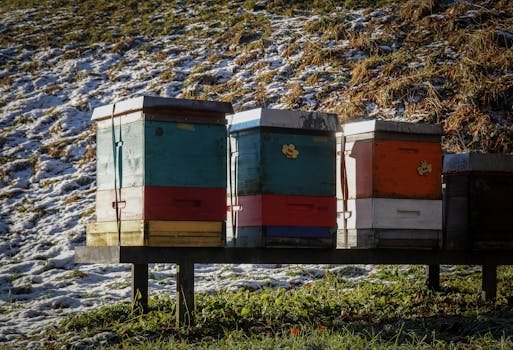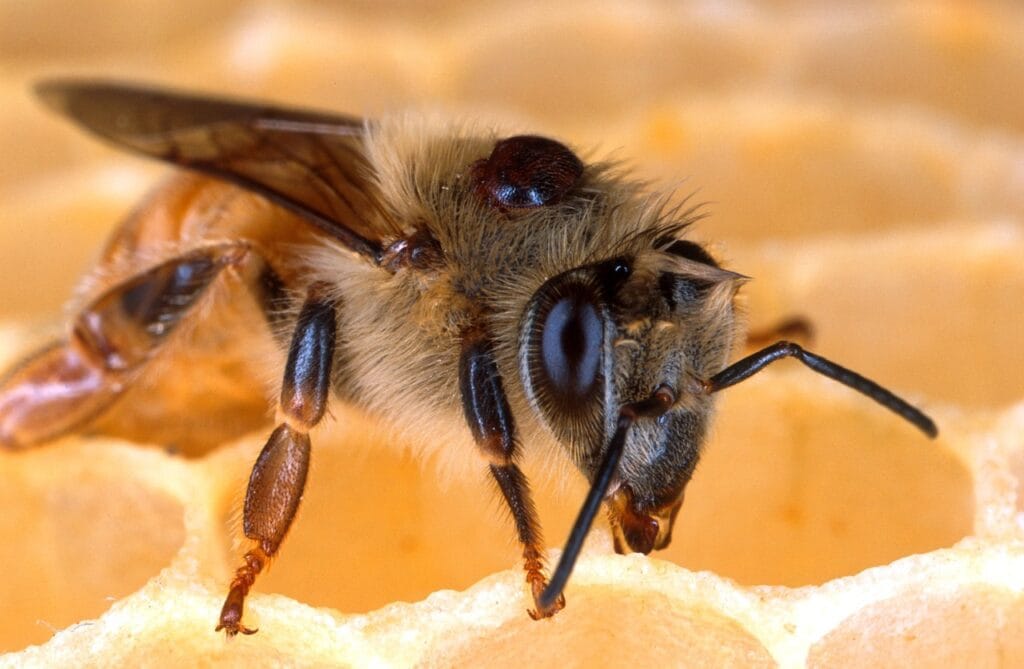To adjust your current pollen patty using Randy Oliver’s V2025b amino acid calculator guidance:
Step-by-Step Process
- Input Current Patty Formula:
Enter the amino acid breakdown of your patty’s protein sources into the calculator. If you don’t know the exact breakdown, source average amino acid profiles for your main ingredients (e.g., soy flour, brewers yeast, pollen, milk powder).[1][2] - Visualize Your Ratios:
The calculator will display your patty’s essential amino acid (EAA) ratios (green columns) compared to de Groot’s (gray) and Oliver’s revised (red) recommendations.- Any green column shorter than the gray or red means that EAA is limiting—your bees can’t fully utilize all the protein in your patty.[1]
- Identify Deficiencies:
Make note of any EAAs where your formula falls short (commonly lysine, methionine, isoleucine, or valine depending on ingredient mix).[2][1] - Adjust Ingredients or Add EAA Concentrates:
- You can increase the proportion of ingredients rich in limiting EAAs (such as adding pollen, soy isolate, or specific yeast strains).[2]
- Re-Check Balance:
After adjustments, rerun your formula in the calculator to ensure all green columns equal or exceed the targets—this ensures bees receive a balanced, fully utilizable protein source.[1] - Test and Monitor:
Periodically reevaluate your patties, especially if ingredients or sources change, and monitor colony performance to verify improvements.
Practical Application Example
- If your patty is heavy on soy flour and brewers yeast but low in lysine and methionine, use the calculator to determine exact grams of lysine or methionine powder needed to make up the deficit.
- Consider blending secondary protein sources (e.g., pollen, casein, milk powder) to enhance overall EAA balance instead of relying on one base.[2]
- Maintain total protein around 25% (dry weight) for optimal bee nutrition.[2]
In Summary
By following these steps, you ensure your pollen patty aligns with the latest amino acid balance benchmarks, supporting stronger brood rearing and colony health.[3][1][2]
⁂
- https://scientificbeekeeping.com/7333-2/
- https://scientificbeekeeping.com/fat-bees-part-2/
- https://www.youtube.com/watch?v=CgJ9S3FZSs4
- https://www.youtube.com/watch?v=f1ta3Crz0gI
- https://scientificbeekeeping.com/pollen-supplement-formula/
- https://www.youtube.com/watch?v=fE20rN8ngk8
- https://www.youtube.com/watch?v=YAl1iabQAYo
- https://www.youtube.com/watch?v=Ac5s7wLgeG4
- https://usa.hivealivebees.com/products/hivealive-pollen-patty
- https://www.youtube.com/watch?v=IFNWpdeMFfc



